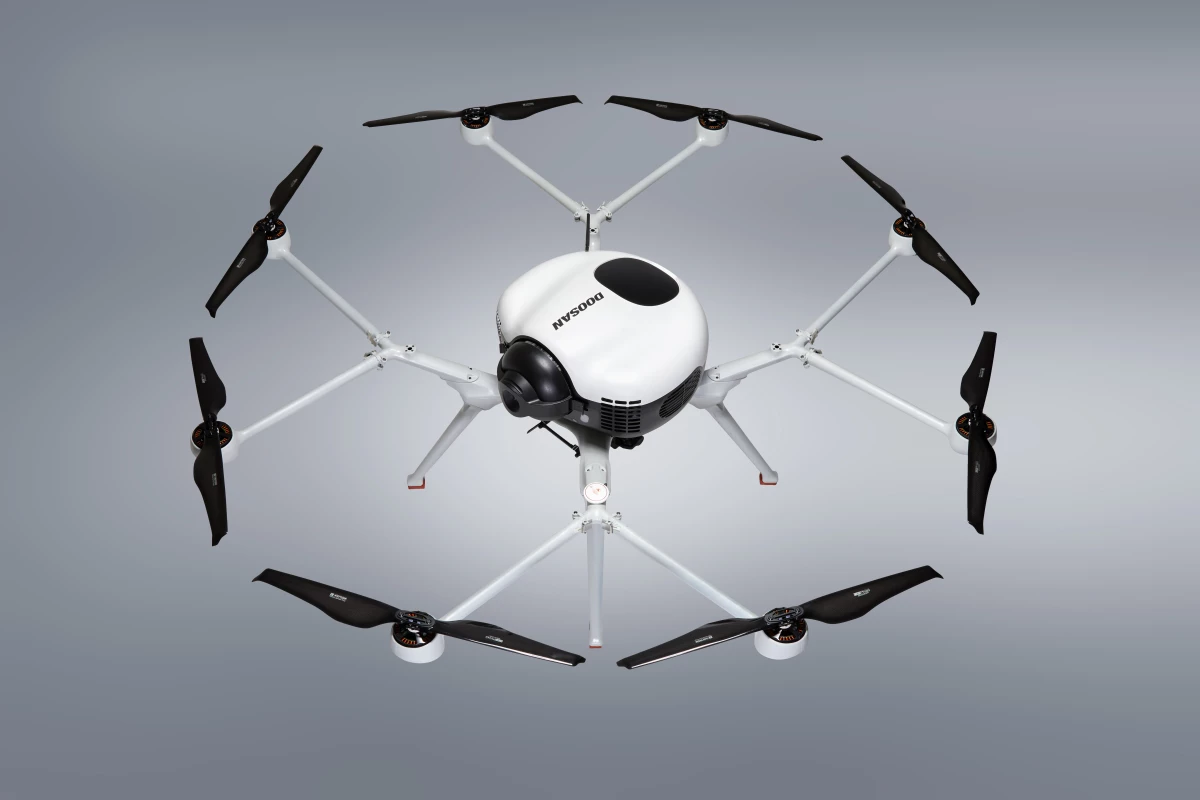It was just last November that we heard how a group of companies used a hydrogen fuel cell drone to deliver medical samples across a 43-mile (69-km) stretch of ocean. Now, some of the same players are planning to use the same drone for long-distance pipeline inspections.
The aircraft in question is a DS30 octocopter, made by Korean drone manufacturer Doosan Mobility Innovation. It can reportedly fly for up to 120 minutes on one fill of its hydrogen tank, and carry a maximum payload of 5 kg (11 lb) – although the full two-hour flight time is only possible if it's unladen.
For the new project, Doosan has teamed up with Georgia-based Skyfire Consulting and Texas-based fuel cell manufacturer ReadyH2.

Beginning as early as next week, an unnamed US gas company will begin using the DS30 to visually inspect a major American pipeline. The copter will fly almost 50 miles (80.5 km) in one go, after which it will land at one of several ReadyH2 refuelling stations located along the route. There, a human operator will manually refill its tank – the refuelling process may be automated in the future.
The drone will then continue on down the pipeline, covering another 50 miles until it reaches the next station.
Plans call for the pilot project to continue for six months, during which time the drone will both perform routine inspections in a variety of weather conditions, and respond to staged emergency situations such as leaks. It will be remotely-controlled for the time being, although that might change as the system is developed further.
"As we go through this process, we’re going to be looking for ways to automate certain things, being careful not to run afoul of FAA regulations," says Matt Sloane, CEO of Skyfire Consulting. "We also have to ensure that we’re meeting the guidelines established by oil and gas regulators as well, so these are the types of things we’re going to be working through in that testing period."
Source: Skyfire Consulting





